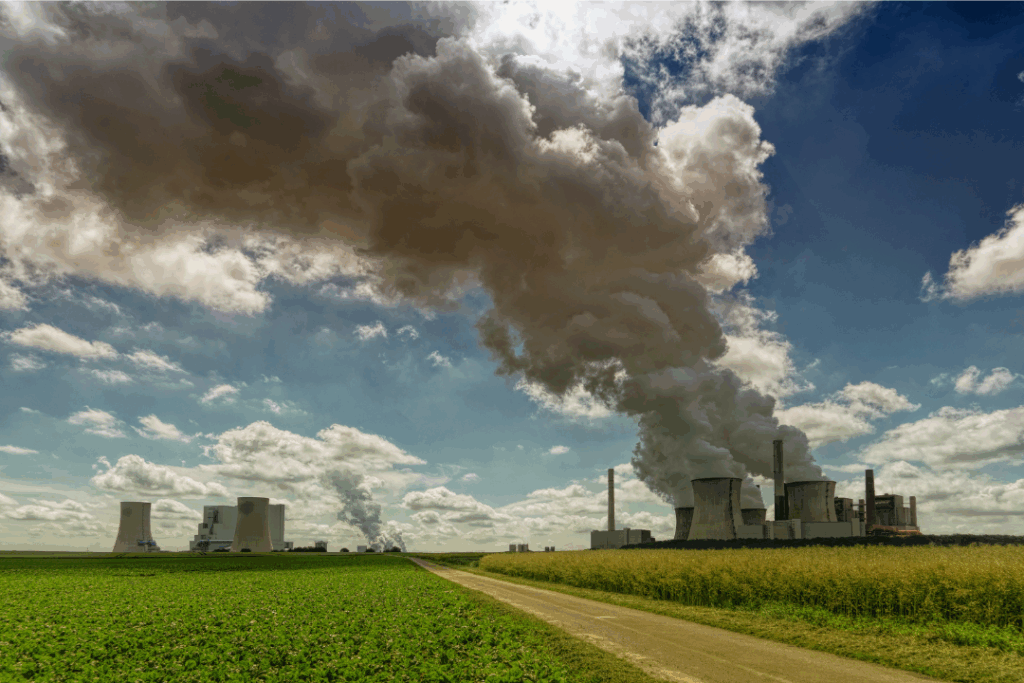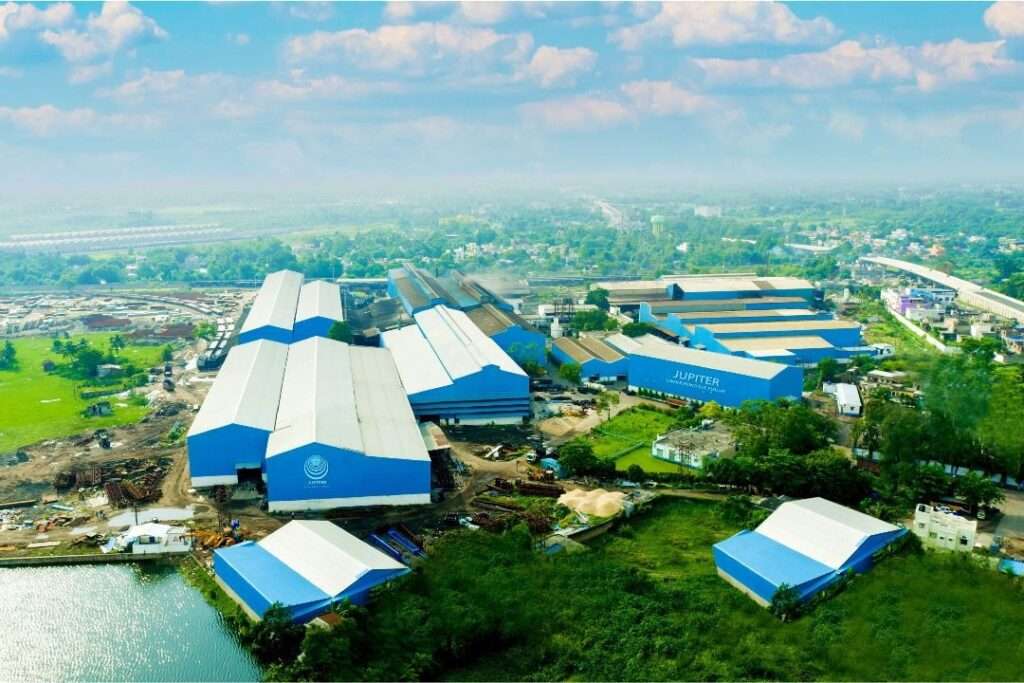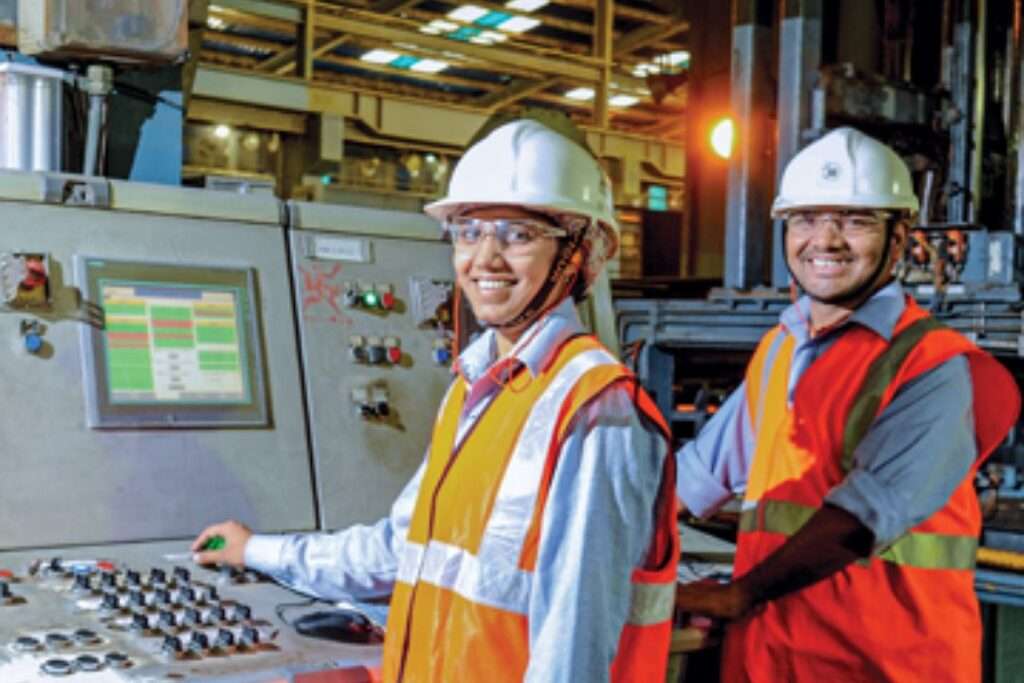Reliance Industries Ltd, India’s largest company by market value, is gearing up to commission its first solar giga-factory within the current fiscal year, marking a significant step in its plan to achieve net-zero carbon emissions by 2035. According to the company’s latest annual report, the initial phase of the solar photovoltaic (PV) manufacturing facility, with a capacity of 20 GW, is expected to be operational by the end of the fiscal year 2024-25 (April 2024 to March 2025). The capacity will be expanded in stages through 2026.
The giga-factory will be a comprehensive facility that includes the production of PV modules, cells, wafers, ingots, polysilicon, and glass—all essential components in converting sunlight into electricity. Reliance also aims to begin industrial-scale production of sodium-ion cells at the megawatt level in 2025, followed by a pilot production of 50 MWh of lithium battery cells in 2026.
The company’s broader strategy, announced in 2021, involves a $10 billion investment over three years to build a new fuels business based on 100 GW of renewable power capacity by 2030. This plan includes the development of four giga-factories at Jamnagar in Gujarat, dedicated to manufacturing renewable energy equipment, battery storage, fuel cells, and hydrogen.
“We have made significant progress in establishing the factories that will be part of our Integrated Solar PV Manufacturing,” the company stated in its report. “We will commission our first train of Module and Cell Manufacturing in FY25.” The solar panels produced at Jamnagar have already received BIS certification, a key milestone for the project.
Reliance has also secured land in Gujarat for renewable energy projects, aligning with its goal to become India’s largest renewable energy developer. Beyond the initial 20 GW of solar PV manufacturing, the company plans to scale up to 100 GW of renewable energy capacity by 2030. This ambitious target would place Reliance among the global leaders in renewable energy, alongside companies like Enel, Iberdrola, TotalEnergies, and BP.
The shift from fossil fuels to renewable energy is seen as crucial for India’s future economic growth. Reliance highlighted the inefficiencies and rising costs associated with fossil fuels, which have led to high electricity tariffs for consumers. The company emphasized the need for stable, cost-efficient green power to support India’s projected economic growth, aiming for a GDP of $32 trillion by 2047.
Over the next year, Reliance plans to focus on bringing its new energy manufacturing facilities online, optimizing their operations, and initiating renewable energy generation projects. The company also aims to localize its supply chain to reduce dependency on imports and foster self-sufficiency.
In addition, Reliance is pursuing partnerships with leading global climate technology companies to develop a flexible business model that can adapt to different technologies, ensuring cost efficiency and excellence.
While advancing its renewable energy agenda, Reliance continues to pursue its oil and petrochemical businesses. The Jamnagar refinery complex, the world’s largest single-site refinery, remains a key asset, with its dual refineries capable of processing a wide range of crude oil grades and adjusting production based on market conditions.








